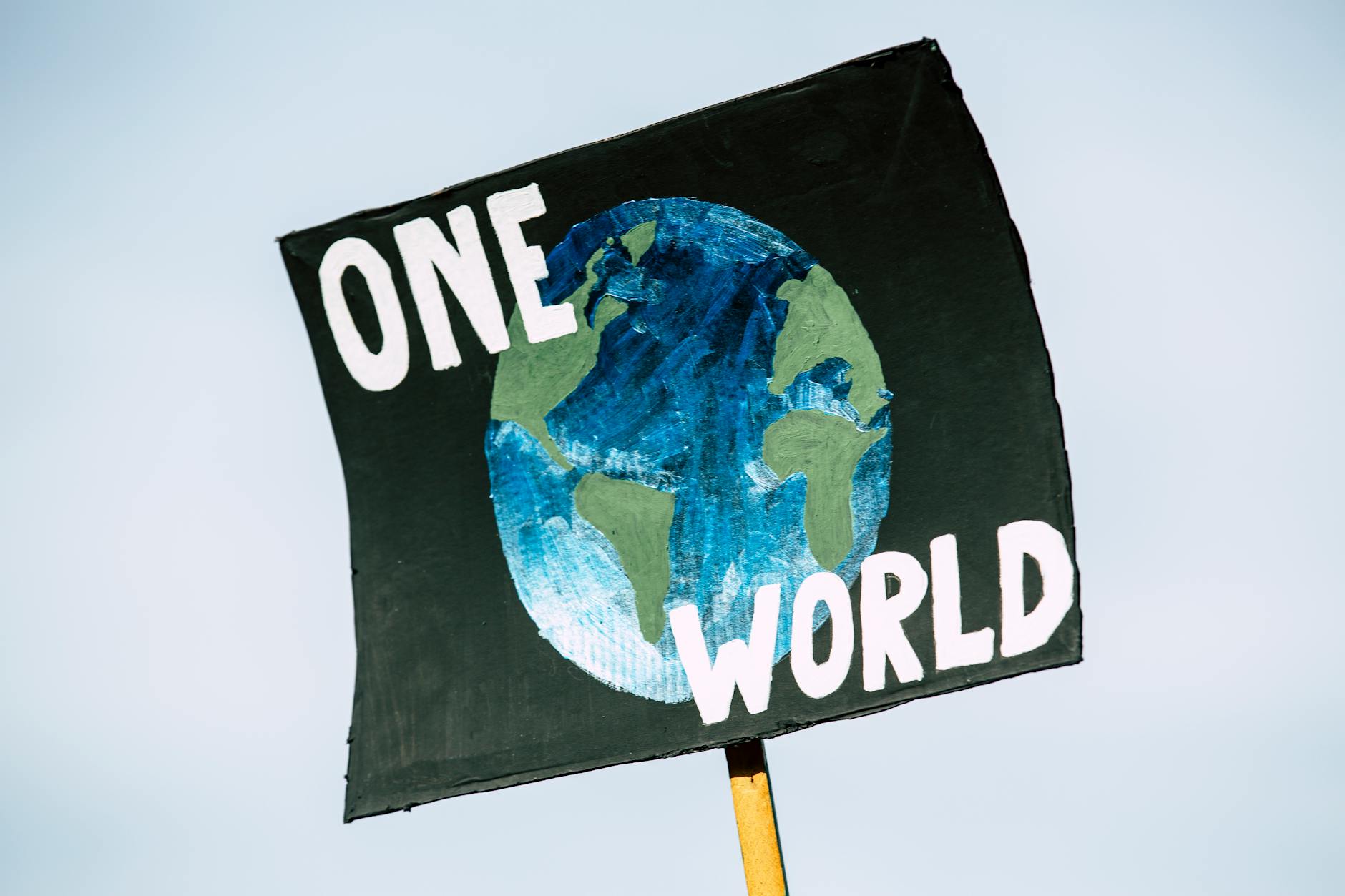The Roundtable: Is Our Globalized World More Fragile Than We Thought?

Editor's Note: Welcome to our monthly roundtable discussion. Each month, our five student editors will come together to debate a major issue shaping our world. This transcript has been lightly edited for length and clarity.
Anthony Min: I want to start this month with a simple fact. Roughly 12% of all global trade and 30% of all container traffic passes through the Suez Canal and the Red Sea. Or at least, it used to. Over the last couple of months, the Houthi movement in Yemen has effectively shut down that vital artery of the global economy with a relatively small number of drones and missiles. The world's largest shipping companies are now re-routing their fleets all the way around Africa. It's a story that feels both geopolitical and deeply economic, and it makes me wonder: is the entire "just-in-time" globalized system we've built a lot more fragile than we realized?
Minwoo Jung: It absolutely is. This is a perfect example of asymmetric warfare in the 21st century. You have a non-state actor with relatively cheap technology—drones that might cost a few thousand dollars—that is forcing multi-billion-dollar naval warships from the US and UK to expend multi-million-dollar missiles to shoot them down. The economic math of that exchange is completely unsustainable for the defenders. The US has launched "Operation Prosperity Guardian" to protect shipping, but they can't be everywhere at once. It demonstrates that you no longer need a powerful state navy to disrupt global trade; all you need is a coastline and a supply of drones.
Yehee Jung: From a systems perspective, it's a fascinating and terrifying case study in the vulnerability of our critical nodes. The global supply chain is not a distributed network; it is a series of long, thin lines that pass through a handful of geographic chokepoints—the Suez Canal, the Strait of Hormuz, the Strait of Malacca. The Houthi crisis reveals that these nodes are incredibly vulnerable. It's like finding a single point of failure in a complex biological system. Disrupting that one point can cause the entire system to cascade into crisis.
Anthony Min: And we're seeing that cascade in real-time. The cost of shipping a container from Asia to Europe has skyrocketed. The delay of two or three weeks for ships going around Africa is causing production shutdowns at factories in Europe that rely on just-in-time delivery of parts. Companies like Tesla and Volvo have had to halt production. This will eventually translate into higher prices for consumers. It's a direct link from a geopolitical conflict in the Middle East to the price of a car or a piece of furniture in the West.
Saerom Kim: What strikes me is how this one regional conflict is having such a massive global impact, but it feels like most people in the US aren't really paying attention to it. It’s not leading the nightly news. It feels abstract, like a problem for shipping companies, not for ordinary people. I wonder if we’ve become so accustomed to the magic of globalization—the ability to order something online and have it arrive in two days—that we don't think about the incredibly complex and fragile system that makes it possible.
Minwoo Jung: That's exactly right, Saerom. And the geopolitical implications are huge. This is, of course, part of the broader conflict between Iran and its proxies versus the US and its allies. The Houthis are backed by Iran, and this is a way for Tehran to exert pressure on the global economy in response to the war in Gaza, all with a degree of plausible deniability. It shows how regional conflicts are no longer contained; they are now instantly globalized.
Yonghyuk Choi: It makes you think about other potential chokepoints. We talk a lot in my world about the business of sports, but the global sports supply chain is just as vulnerable. The vast majority of the world's sneakers and athletic apparel are made in Asia and shipped to markets in Europe and North America. A prolonged disruption to shipping would have a massive impact on companies like Nike and Adidas. It's a reminder that every aspect of our modern lives, even the games we play, is dependent on the stability of these fragile sea lanes.
Final Thoughts
Yonghyuk Choi: This crisis shows that the playing field of international conflict is no longer level; it's asymmetric, and the old powers are struggling to adapt.
Anthony Min: We have spent 30 years building a global economy optimized for maximum efficiency, and we are now discovering that we have engineered out all of the resilience.
Saerom Kim: It's a powerful lesson that the complex, invisible systems that power our daily lives are often more vulnerable than we could ever imagine.
Yehee Jung: This is a classic systemic shock, revealing that our most critical global infrastructures have single points of failure that can be exploited by relatively small actors.
Minwoo Jung: The Red Sea is a new front in the shadow war between Iran and the West, and the global economy has become the battlefield.
What do you think? Does the Red Sea crisis signal the end of the era of frictionless globalization? Let us know your thoughts in the comments below.



